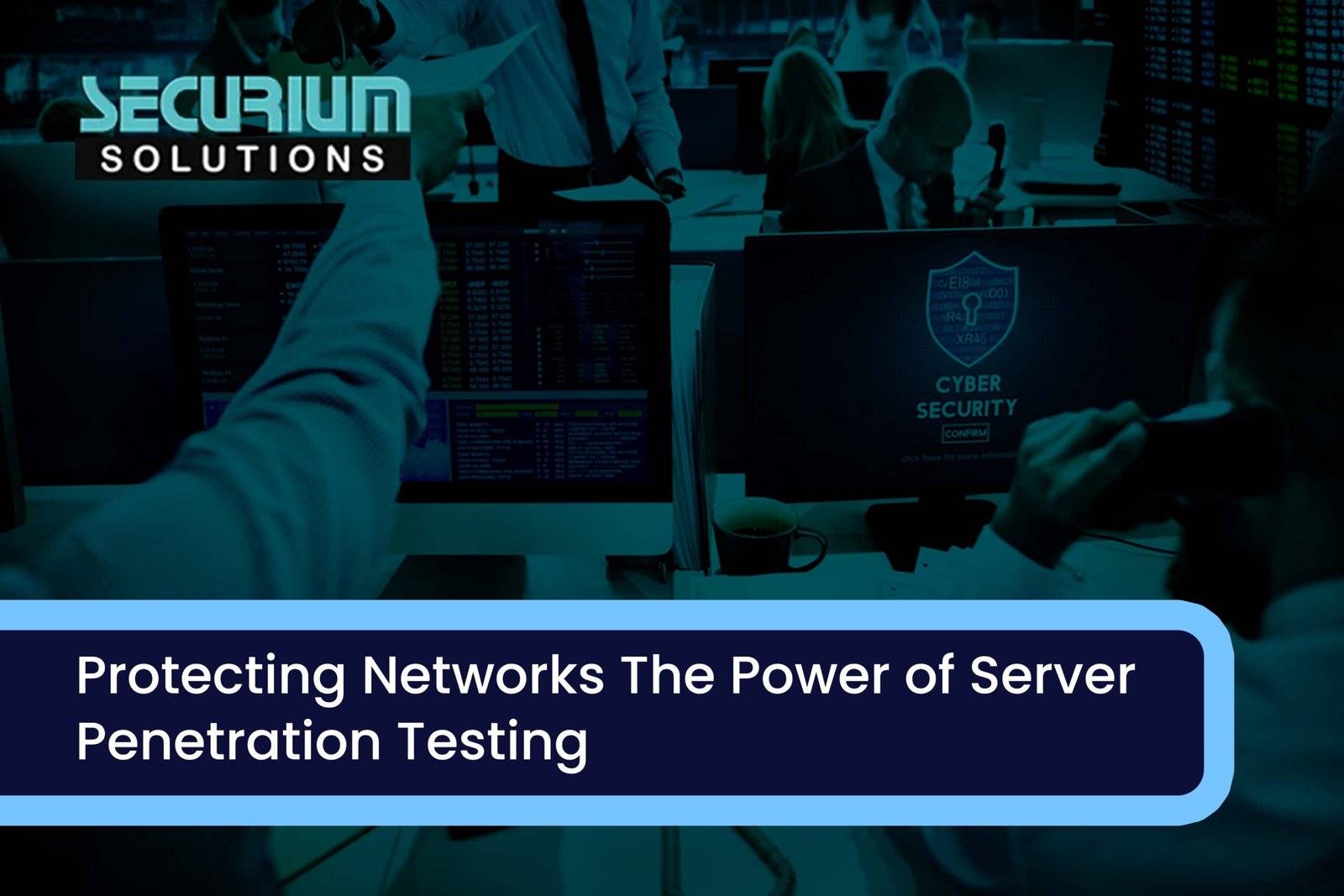Hey everyone
We got Something interesting today in our cyber world, that we need to know the top Security Trends for 2020.
GARTNER’S TEAM OF RESEARCH AND ADVISORY has identified and released a new issue on top Security and risk trends for 2020. These top trends spotlights the security ecosystem that are not in spotlight before but it may create huge impact in case brought to spotlights.
The following 9 Security Trends will be very helpful for an organization and individuals to practice and set up strong plans for security infrastructures.
COVID-19 Pandemic and changes in Digitalization, rapid migration towards cloud computing needs a better security trend to keep up the security posture in a complete secure manner.
Let’s See what are those Top Trends.
NO #1 – Extended Detection and Response Capabilities emerge to improve accuracy and productivity (XDR)
People always wants Automation and simplification, that’s where XDR Comes into play by collecting and correlating data from multiple security products to improvise thread detection and incident response capability. Starts with Alerts on emails, endpoints and network can be combined into a single incident. XDR looks for ultimate accuracy, efficiency and productivity.
NO #2 – Security Process Automation emerges to eliminate repetitive tasks
Spending lot of time on repetitive tasks holds the security professionals legs hard. Automation with our Security tools will be the right choice to rectify this limitation. Automated computer-centric security operations tasks based on predefined set of rules and templates.
Faster automated tasks with fewer errors will create a greater impact in security and timing scale. Leaders and CEO should invest in automation projects to eliminate repetitive tasks that consumes lot of time, that leaves more time to focus on more critical security functions.
NO #3 – AI Creates new security responsibilities for protecting digital business initiatives
Security and Digital Business cases are in broad usage with AI and especially Machine Learning (ML). There are three challenges are there in these they are (a) Protection of AI-Powered Digital Business Systems (b) Leverage AI security products to enhance security defense (c) Anticipation of nefarious use of AI by attackers.
NO #4 – Enterprise Level Chief Security Officers(CSOs) emerge to bring together Multiple Security-oriented silos
Cyber-Physical world is struggling with the threats like Ransomware, Siegeware attacks, GPS spoofing, IOT Vulnerabilities. Organizations those who have security-centric efforts are not ready to face the security failures on physical safety.
That’s why Deployment of CSOs bring multiple security-oriented silos for both defensive purposes and certain cases to be a business enabler. The CSO can aggregate IT security, OT security, physical security, supply chain security, product management security, and health, safety and environmental programs into a centralized organization and governance model.
No #5 – Privacy is becoming a discipline of its own
Privacy has become an individual discipline of its own, affects almost all aspects of an organization. Privacy is not anymore with a part of compliance or auditing.
Privacy discipline co-directs the corporate strategy and as such needs to closely align with security, IT/IOT/OT procuremnet, HR, legal, governance and more. simply we can say that it need to be more integrated throughout the organization.
No #6 – “Digital Trust and Safety” Teams focus on Integrity of all interactions where consumer meets the brand
Reaching out Consumers with brands through various ways ranges form Social media to retail. How secure the consumer feels and how much they trust us is really matters. Organizations are using various teams and business units to oversee them with cross functional and safety teams. Ensuring standard level of safety and integrity across the cyber space where consumers interact with the business.
No #7 – Network Security : from the focus on LAN based appliance models to SASE
Remote office techniques is popular and increasing in cloud Delivered Security Services.
Secure Access Service Edge (SASE) – Allows mobile workers to work in a better protected environment by routing traffic through a cloud based security stack, versus backhauling the traffic so it flows through a physical security system in a data center.
No #8 – A full life cycle approach for protection of the dynamic requirements of cloud-native applications
Many organizations are not upgrading their security product on end-user-facing endpoints during lift and shift cloud migrations. Cloud-native applications need different rules and techniques at various stages and the dynamic nature needs the security options need to shift as well. Combining CWPP with the emerging cloud Security posture management (CSPM) accounts for all evolution in Security needs.
No #9 – Zero-trust network access technology begins to replace VPNs
ZTNA – Zero Trust Network Access enables the enterprises to control remote access to applications. It Hides applications from internet considered to be a safer one. ZTNA communicates only with ZTNA service provider and that also through ZTNA provider’s cloud service.
This reduces the Risk of an attacker on the VPN Connections to attack other applications.
The Above mentioned 9 Trends will really help lots CISO, CEO and Cyber Security Enthusiasts who really wants to set up a secure infrastructure for an organization or individually.
CREDITS: Gartner.com
See you again in another Blog
Bye.



